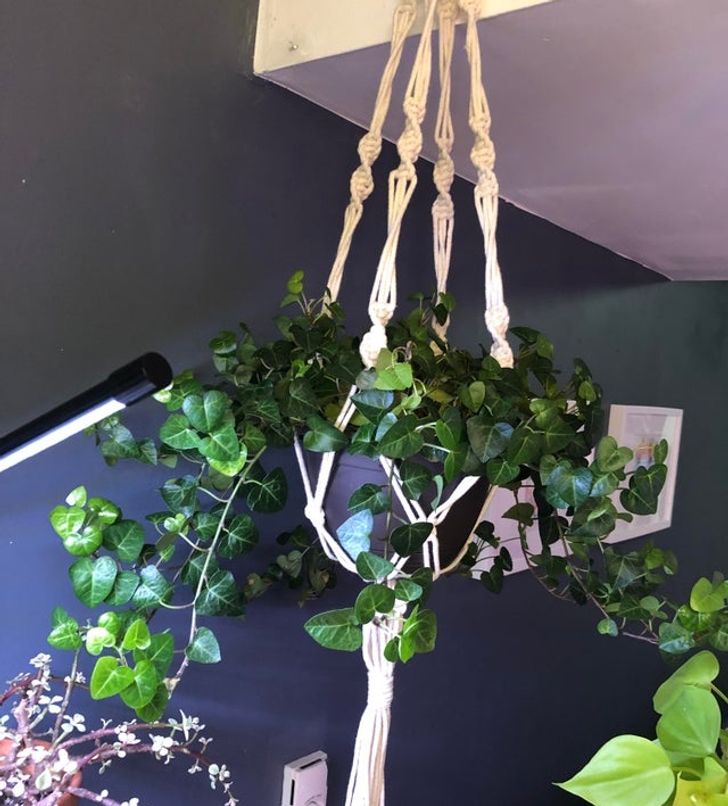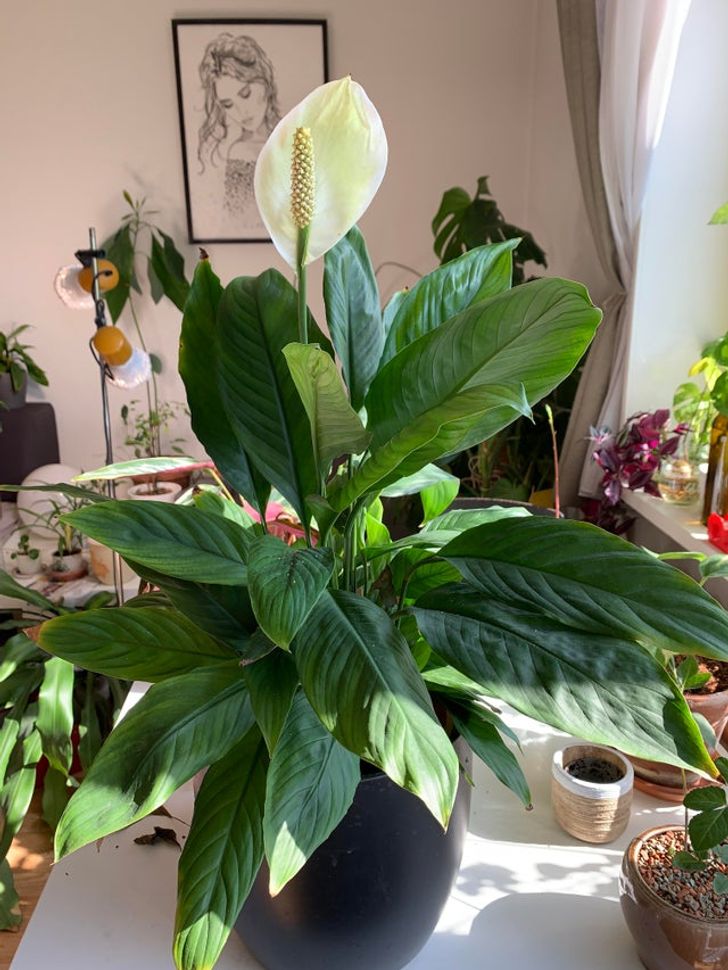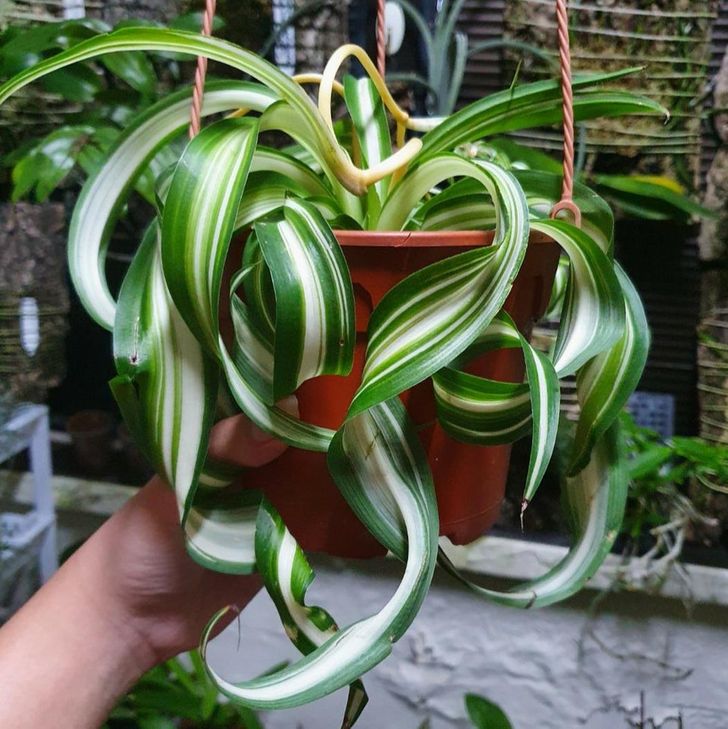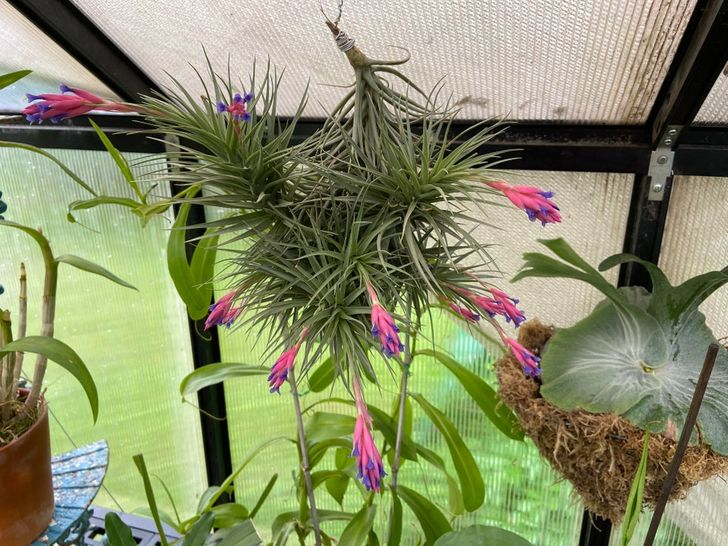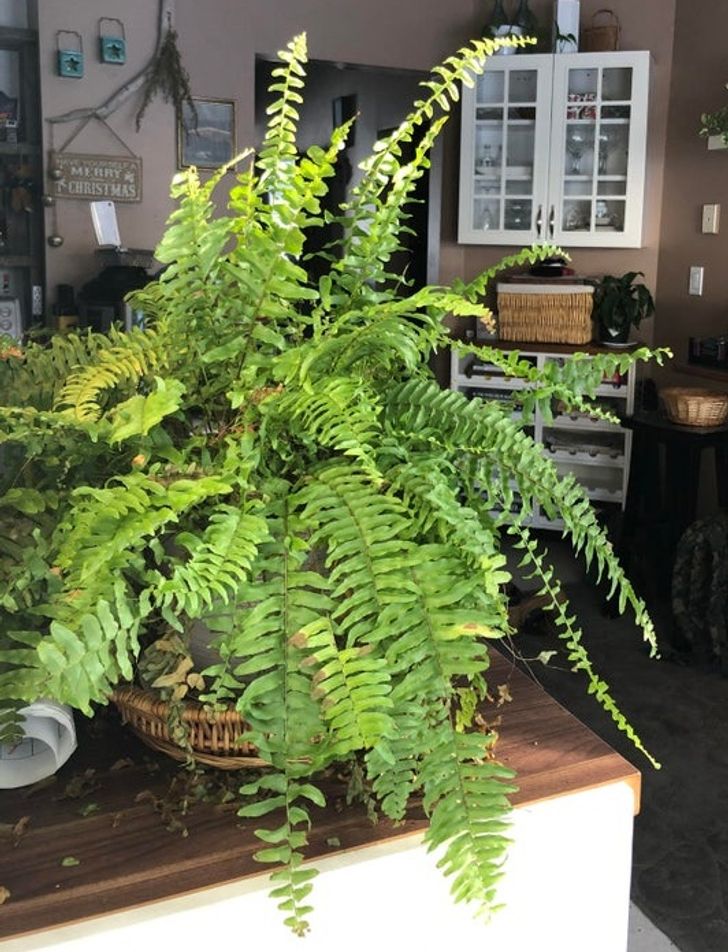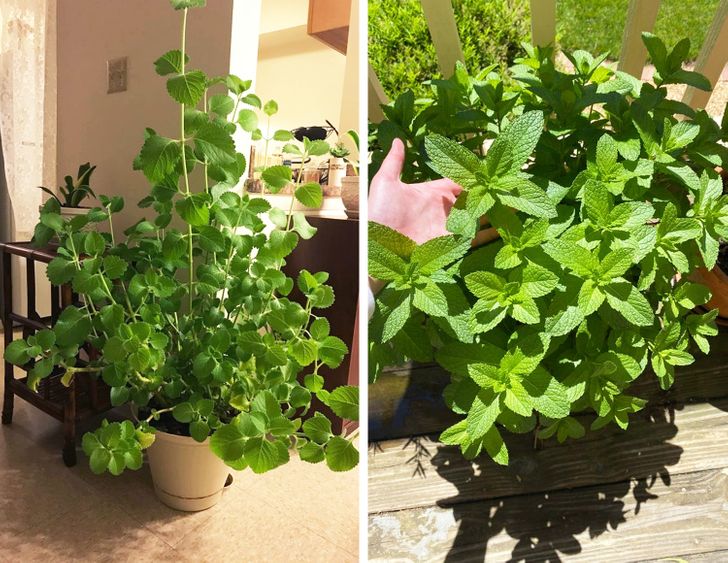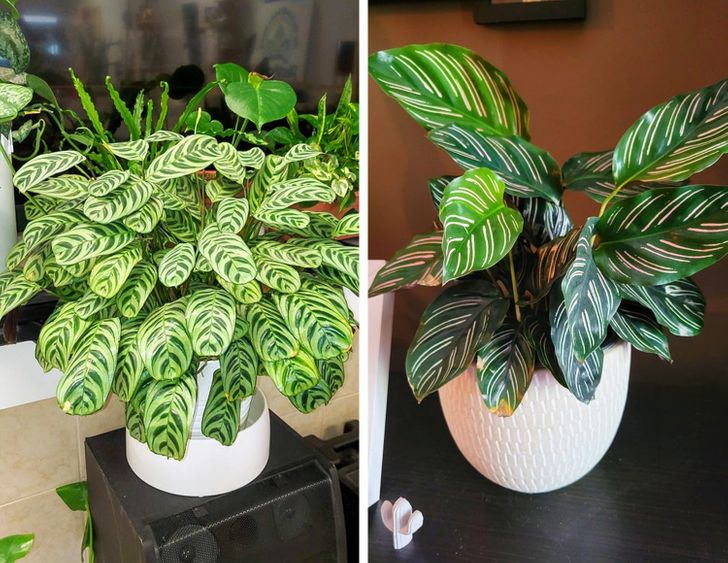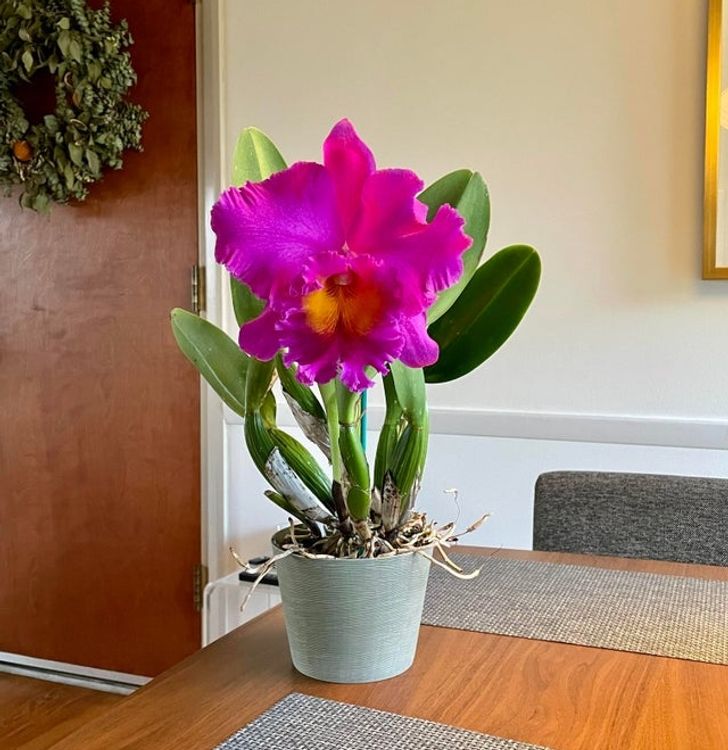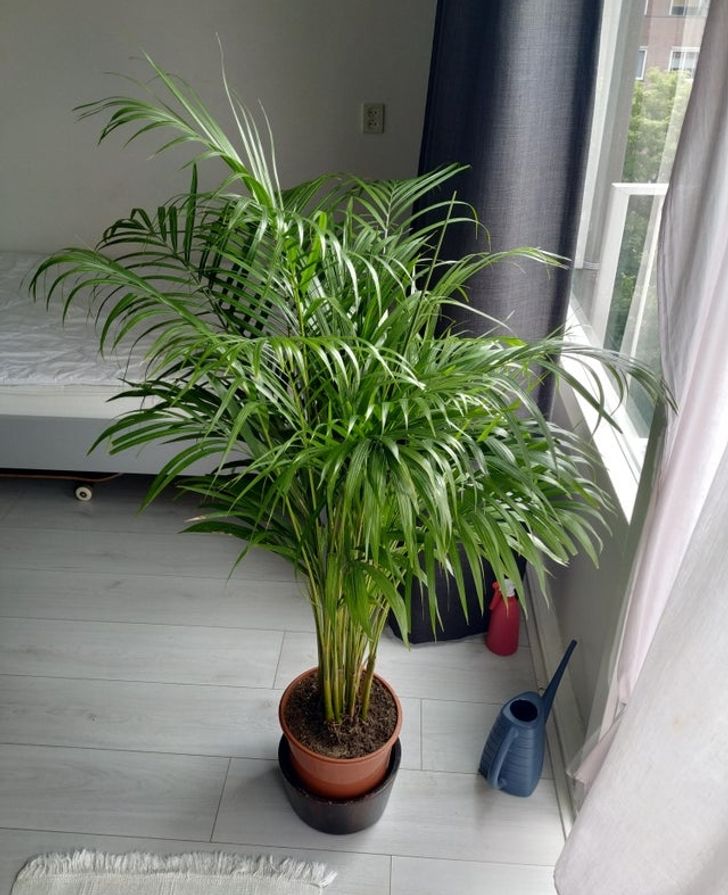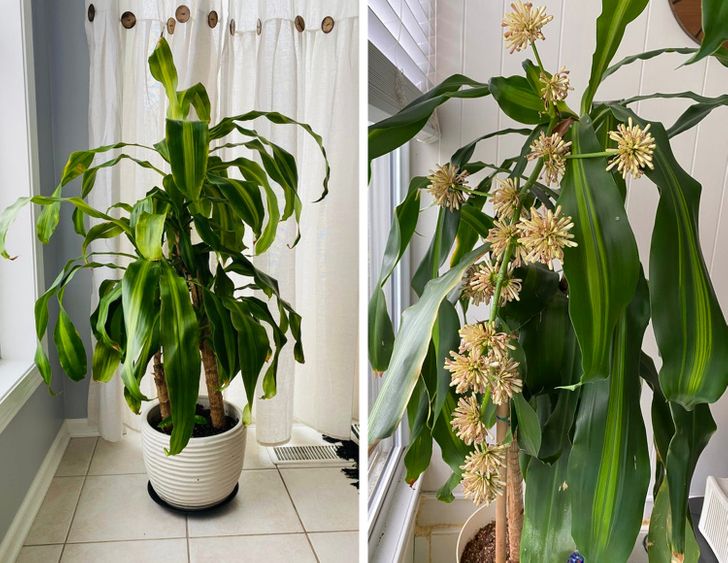Please, when choosing plants for indoors or even outside keep in mind the types of plants that can be Dangerous to have around your Pets.!! Some plants like Lillies for example are toxic and can kill your cat. And yes there are many that can kill both dogs and cats, so Please do some research before buying them.
10 Plants That Can Absorb Moisture in Your Home
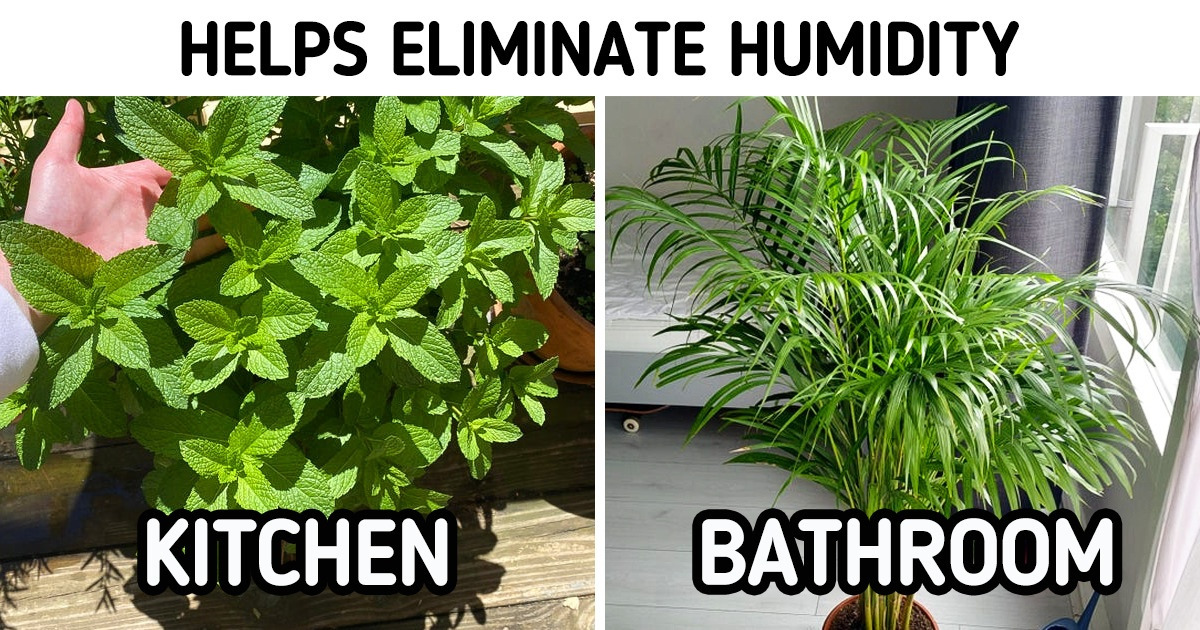
Humidity at home is a common problem that many people suffer from. Not only does it cause damage to walls and ceilings, but if the problem isn’t fixed soon with some good ventilation, it will eventually cause mold and other types of fungus. Exposure to environments like these can cause discomfort: from nasal congestion to itchy eyes or skin. A natural way to control humidity, and the mold that could result from that, is to use houseplants as natural absorbents of the excess humidity in the air of a particular room.
Bright Side put together a compilation of these amazing plants that are capable of absorbing humidity from the air through their leaves and then transporting it to their roots.
1. English ivy
English Ivy is a climbing plant that often grows in hanging pots. People often place it there so that it does not climb on walls or other parts of the house. As the name suggests, it’s native to the European Atlantic coasts. Its natural habitat includes humid and temperate forests. This plant is ideally placed in the most humid rooms of your home. It can be bathroom, maybe even the kitchen if you boil a lot of pasta or vegetables, for example. It is also perfect for hanging over the kitchen sink or next to a window.
2. Peace lily
The peace lily, whose scientific name is actually Spathiphyllum, is a tropical plant that is native to some parts of the Americas. This beautiful plant, however, does not tolerate frost or drafts, so it is commonly grown indoors where it can thrive with a relatively stable temperature. You only need to water it about once a week, and on top of that, it does not need much lighting. All these things make the peace lily a great choice. You can even place it in the bathroom.
3. Spider plant
Also known as spider ivy, ribbon plant, and sometimes also as hen and chickens, this plant can absorb environmental moisture — so it’s ideal to have at home. It is capable of eliminating common household air toxins like formaldehyde and xylene.
Indoors, it just needs medium light. If it’s placed in the shade it can lose the white band that characterizes it. But if you place it in direct sunlight, it can easily burn. It tolerates water scarcity pretty well, mainly because it stores it in its thick root system so you won’t need to water it too often. However, during the summer or when it’s hot, you have to increase the frequency of watering the plant. It is an excellent plant to hang over a bathtub, for example.
4. Air carnation
Like all epiphytic plants, air carnations absorb humidity from the air. As you can see from the picture, this plant does not root in the soil, where other plants typically extract nutrients or water. This species grows mostly in the rainy parts of the world, from sea level up to several hundred meters of altitude. Because of the nature of the regions in which it naturally grows, air carnation leaves are covered with specialized cells called trichomes that are capable of quickly absorbing the water that accumulates on them.
5. Boston fern
Nephrolepis exaltata is a popular plant to have at home. It’s often grown in hanging pots, which it also likes. It thrives in moist, shady locations, however, when it’s located inside a home it responds best to bright filtered light. Another characteristic of this beautiful plant is that, in addition to possessing dehumidifying properties, it filters chemicals from the air. This can come in handy if you want to purify the air you breathe at home using natural means.
6. Mint
This popular aromatic plant is excellent when it comes to absorbing humidity at home. Its ability to grow in moist environments and soils makes it the ideal plant to have in gardens, the kitchen, the bathroom, or any other fresh but moist spot at home where it will thrive. In general, mint plants will tolerate a wide range of climate and watering conditions and they can even grow when they’re exposed to the full sun. It grows year-round and can also be used as an ingredient in cooking or when preparing infusions.
7. Calathea
Native to Brazil and Peru, the Calathea family is a popular choice when it comes to ornamental plants. Some varieties of this plant are known as pregaria or zebra.
Being a jungle plant, Calatheas require a high humidity environment that mimics their natural habitat. However, when given the right care and under the right conditions, these exotic plants can grow up to about 3 feet tall with broad leaves. They are slow-growing plants and once they reach their full height, they will stop growing, which can also be convenient to keep in mind. They can do very well in a spot like a bathroom, for example.
8. Orchid
These are beautiful flowering plants that, on top of making your house cozier, will help reduce humidity in the room where you place them. Because their roots are not in the soil, they absorb their nutrients from the air around them, like other species we’ve mentioned before. In addition, some of them are known to develop pseudobulbs, which is a part that specializes in storing water and helps them cope better with drought conditions. Placing them in the bathroom is a good idea as they can absorb the humidity from showers.
9. Palms
A palm tree is a great choice to help control humidity levels and keep mildew at bay, especially in bathrooms where these things are common. These trees will absorb humidity through their leaves. Varieties to consider having them at home include, but are not limited to, areca or bamboo palms, dwarf date palms, and reed palms.
10. Cornstalk dracaena
Native to West Africa, Tanzania, and Zambia, this plant usually has flowers in white tones, with a great fragrance, hence the scientific name of the species: Dracaena fragrans. When the plants are grown in the ground, they can reach a height of more than 20 feet tall, but their growth is limited when potted.
One of the most beneficial properties of this plant is its ability to clean and purify the air of some harmful chemicals. And a bonus is, of course, that they absorb moisture.
Do you like to put plants in the bathroom to absorb moisture or just to make it look more colorful? Show us the greenest place in your house.
Comments
I think that the best plants to have are fake / plastic plants 😂
they do no harm to anyone
they collect dust 😃
so do the normal ones if you don't take care of them
Related Reads
13 People Who Got Caught in Life’s Ironic Twists

15+ Unforgettable Gifts That Made an Everlasting Impression

I Refused to Drop Everything for My Pregnant DIL — and She Made It Personal

My Ex Put His New Family Over Our Son, So I Served Him the Sweetest Revenge

13 Times People Accidentally Uncovered Someone’s Biggest Secret

I Refused to Let Anyone Steal What My Dad Left Me, and My Mom Made It Worse

I Refuse to Dye My Gray Hair—Now HR Is Knocking at My Door

My Boss Refused My Vacation—Then He Realized My Secret

I Won’t Sacrifice My Last Good Years Because My Son Refuses to Grow Up

15 Moments of Kindness That Broke the Darkness Open

10 Times People Had to Face Cruel Reality

My BFF Invited Me to Her Baby Shower, It Turned Into My Worst Nightmare

